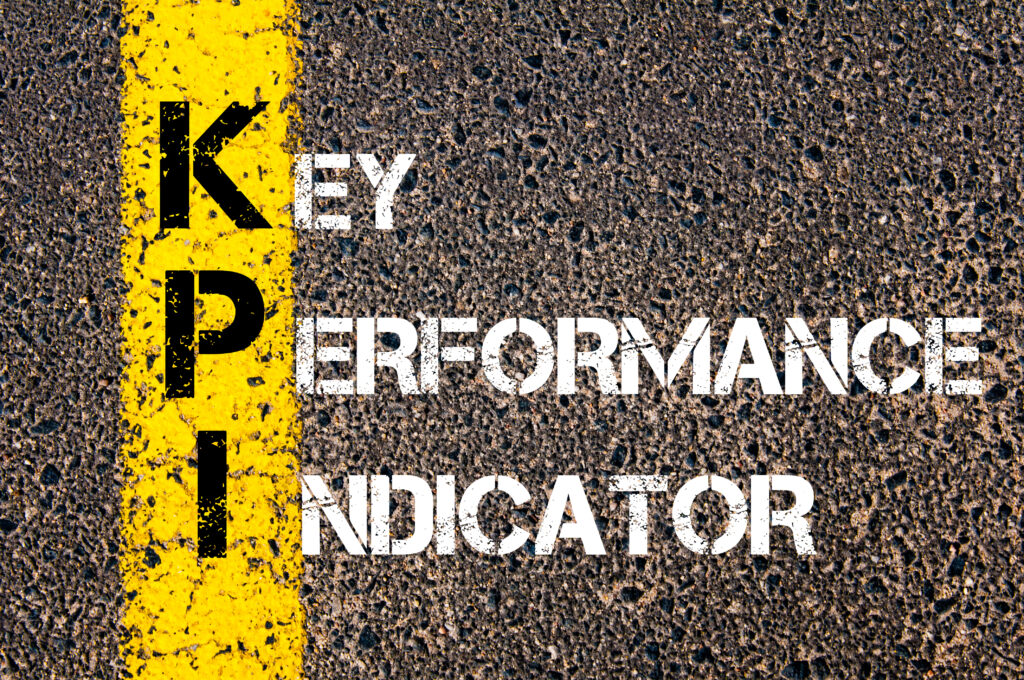In the fast-paced and ever-evolving marketing world, achieving success requires a data-driven approach. As the marketing landscape becomes increasingly complex, professionals must harness the power of Key Performance Indicators (KPIs) to navigate the path to success.
In this comprehensive article, we will explore the realm of marketing metrics that matter and delve into their pivotal role in driving growth, engagement, and business success.

At the heart of effective marketing lies the concept of Key Performance Indicators (KPIs). These quantifiable metrics serve as a compass, guiding marketing campaigns toward specific business objectives. Regardless of the scale of the campaign, every marketing effort is aimed at achieving predetermined goals. KPIs help marketers measure their progress and make informed decisions to optimize their strategies. Common KPIs include website traffic, conversion rates, customer acquisition cost, social media engagement, and customer lifetime value.
Identifying the Right KPIs for Your Business
Selecting the most relevant KPIs for your business is essential to gaining valuable insights into your marketing efforts. It starts with clearly understanding your objectives and aligning them with the appropriate metrics. Each business may prioritize KPIs based on its unique goals and target audience. For instance, a B2B company might emphasize lead generation metrics like Marketing Qualified Leads (MQLs) and Sales Qualified Leads (SQLs), while an e-commerce brand may focus on metrics like conversion rates and average order value.
Web Analytics: Decoding the Digital Footprints
The digital landscape offers marketers a treasure trove of data, and web analytics is the key to unlocking its potential. Tools like Google Analytics provide an array of KPIs that illuminate website performance, user behavior, and content effectiveness. Metrics such as bounce rate, time on page, and exit rates offer valuable insights into user experience, enabling marketers to optimize their web pages for better results. Additionally, tracking the customer journey through funnels can identify areas for improvement and streamline the conversion process.
Conversions: Turning Prospects into Customers
Conversions are the ultimate goal of any marketing campaign. It’s the moment when a prospect takes a desired action, such as making a purchase, signing up for a newsletter, or requesting a demo. Tracking conversion rates and analyzing the customer journey can pinpoint weak points in the sales funnel. By understanding the customer’s decision-making process, marketers can refine their strategies and optimize touchpoints to increase conversion rates and revenue.
Social Media Engagement: Building Communities and Brand Advocacy
Social media has revolutionized the way brands connect with their target audience. It’s no longer just about broadcasting messages; it’s about fostering meaningful engagement. Metrics such as likes, shares, comments, and follower growth provide insights into the level of audience engagement. A strong presence on social media boosts brand awareness and facilitates community building and brand advocacy. Monitoring sentiment analysis and brand mentions can help manage brand reputation and respond to customer feedback effectively.
Return on Investment (ROI): The Ultimate Metric
ROI is the lifeblood of any marketing campaign. It directly measures the financial impact of marketing efforts. Calculating ROI involves comparing the cost of marketing initiatives against the revenue generated or the desired outcome achieved. Understanding the ROI of various marketing channels and campaigns enables marketers to allocate resources strategically, focusing on those initiatives that yield the best returns.
Customer Lifetime Value (CLV): Cultivating Loyalty and Advocacy
In a world where customer retention is just as important as customer acquisition, understanding Customer Lifetime Value (CLV) is crucial. CLV evaluates the customer’s total value to your business over the entire relationship. By understanding the CLV of different customer segments, marketers can tailor their retention strategies and prioritize customer satisfaction. Satisfied and loyal customers often become brand advocates, driving positive word-of-mouth and contributing to the growth of the business.
Email Marketing Metrics: Engaging the Inbox
Email marketing remains one of a marketer’s most potent and cost-effective tools. Monitoring email marketing metrics such as open rates, click-through rates, and unsubscribe rates helps evaluate the effectiveness of email campaigns. A/B testing various email elements, such as subject lines and call-to-action buttons, can significantly impact email engagement and conversion rates.
Marketing Attribution: Connecting the Dots
The customer journey is often a complex web of interactions across various touchpoints. Marketing attribution is the process of assigning credit to each marketing channel for its contribution to a customer’s decision to convert. Various attribution models, such as first-click, last-click, and multi-touch, help marketers understand the effectiveness of each channel in driving conversions. With this knowledge, marketers can optimize their marketing mix and allocate resources wisely to maximize overall campaign performance.
In the dynamic marketing world, understanding and utilizing the right KPIs can be a game-changer for your business. These metrics provide data-backed insights that empower marketers to make informed decisions, optimize campaigns, and achieve unparalleled success. By continuously monitoring and analyzing KPIs, marketers can stay agile, adapt to evolving trends, and ensure their efforts are aligned with business goals. Remember, knowledge is power, and with the right KPIs at your fingertips, you hold the key to unlocking your marketing potential and driving your brand to new heights. Embrace the power of data and transform your marketing efforts into a force to be reckoned with.